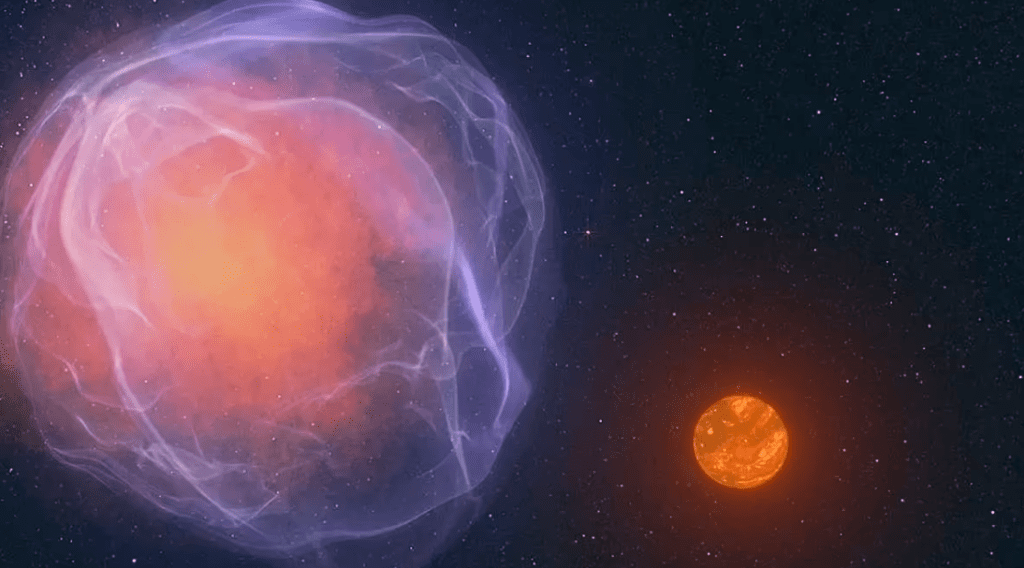Volunteer citizen scientists in Germany spotted a star moving so rapidly through the Milky Way that it could conceivably escape the galaxy and enter intergalactic space, according to CNN. The rare object, likely a faint red star, is reportedly traveling at about 1.3 million miles per hour (600 kilometers per second)—much faster than the Sun’s orbit around the Milky Way at 450,000 miles per hour (200 kilometers per second).
If confirmed, this would be the first known “hypervelocity” low-mass star. Hypervelocity stars are extremely rare, adding to the excitement of this discovery.
The star, named CWISE J124909.08+362116.0 (or J1249+36), was first identified by volunteers participating in the Backyard Worlds: Planet 9 project, whose mission is to find undiscovered celestial objects, or even a hitherto hypothetical planet, in the outer solar system. J1249+36 caught their attention because of its high speed, moving at roughly 0.1% of the speed of light.
Martin Kabatnik, a citizen scientist from Nuremberg, Germany, was excited about the discovery. “When I first saw how fast it was moving, I was convinced it must have been reported already.” Follow-up observations with multiple telescopes confirmed the discovery and revealed that the star might have the potential to escape from the pull of the Milky Way.
The star’s low mass made it challenging to classify, initially leading astronomers to consider whether it might be a brown dwarf—a type of object that is not quite a star or a planet. However, its trajectory and speed suggest it could be a rare type of low-mass star, possibly ejected from a globular cluster, or created as a result of a supernova explosion from a nearby white dwarf.
Astronomers used data from ground-based telescopes including the W. M. Keck Observatory in Hawaii and the Pan-STARRS telescope in Maui to analyze the star’s properties. The data indicated that J1249+36 has a lower concentration of metals compared to other stars or brown dwarfs, supporting the idea that it might be a very old star or a brown dwarf.
The research team is now investigating the star’s origin and its potential connection to globular clusters or supernovae. They hope to learn more about its elemental composition, which could provide insights into its potential journey out of the Milky Way.


